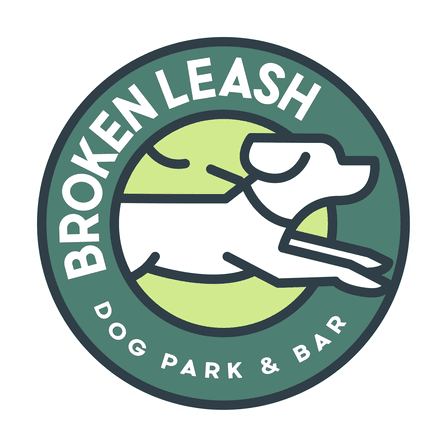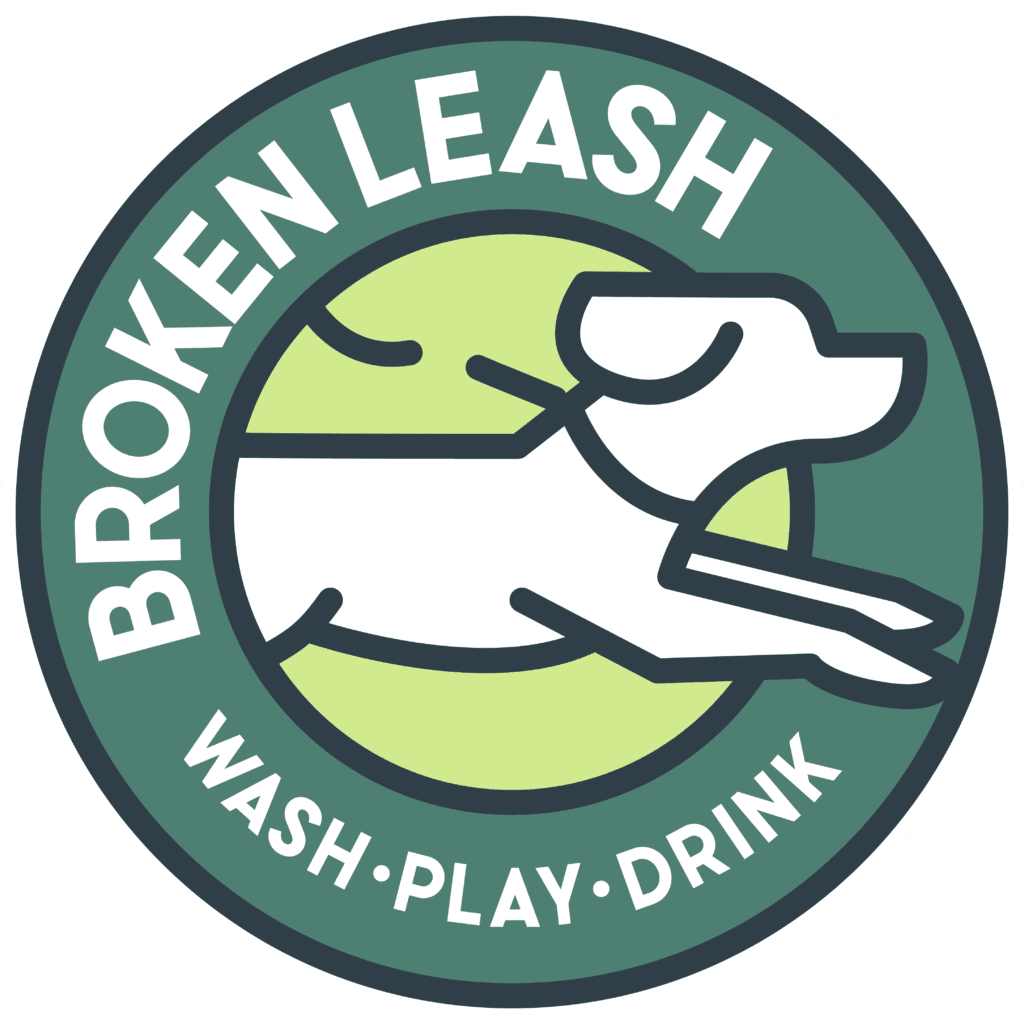Answering Tufts' Pet Food Label Questions
Tufts University wrote an article teaching dog owners the most useful information to look for on a dog food label that I think dog owners should be aware of. I thought it would be uber helpful to my customers if I answered these questions for them.
Since we don’t manufacture the food, Broken Leash is not obligated to register it with the state OR have it tested OR create a recipe that meets nutritional standards. At Broken Leash, we understand the importance of wholesome dog nutrition. That’s why we tested it and made sure the recipe will meet nutritional standards. In every bite, your furry companion will get all the benefits from a balanced and complete dog food made with love and quality nutrition.
So, let’s get to it.
Tufts’ Clinical Nutrition Team wrote the article and included a handy summary at the end named, “Article Take-Home Points”. Here are the 4 points they deem most important:
- The AAFCO statement is one of the most important things to look for on a pet food label. It tells you 1) whether the food meets all dog nutrient requirements, 2) how that was determined, and 3) what life stage the food is truly intended for (not just who it’s marketed to).
- The manufacturer’s experience, knowledge, and quality control procedures are critical for ensuring your dog is eating a nutritious, good quality, safe food. Unfortunately, this information cannot be determined from a pet food label, unless you already have researched the manufacturer’s practices. Do your own research!
- Everything else on modern pet food labels is primarily a marketing tool for the company and provides little useful information for the dog owner.
- Ingredient lists provide little information on the nutritional value or overall quality of a dog food.
I think there is one other point mentioned a few times in the article that deserves a mention. They counsel the reader to choose a pet food manufacturer with lots of nutrition expertise. We agree! That’s why we consulted with board-certified veterinary nutritionists to make sure what we sell and teach you is the best for your pet.
Now that we know what the important info is that you need to look for, let’s move to the nitty gritty of the situation. Throughout the article, Tufts poses specific questions, gives context to them, and shows some viable answers for owners to look for. I gathered the questions and answered them below.
Criteria 1
Response
Criteria 2
Response
The following recommendations for selecting a commercially available pet food are adapted from Freeman et al, Journal of the American Veterinary Medical Association, Vol 243, No. 11, December 1, 2013 and based on the nutritional assessment guidelines published by the American Animal Hospital Association (AAFCO) and the World Small Animal Veterinary Association (WSAVA):
Manufacturers should meet the following criteria:
Criteria 3
Criteria 4
Response
Criteria 5
Response
Criteria 6
Criteria 7
Criteria 8
Response
Criteria 9
Broken Leash worked diligently to make a great recipe where each ingredient used has the purpose to enrich the pet’s life. Feeding your pet a fresh food diet that isn’t over processed can promote health and wellness. Since there are no preservatives and fillers, the pet should readily absorb all the nutrients of the food: vitamins, minerals, protein, fat, fiber, and carbs. Pet owners should notice more energy, a shiny coat, healthy skin, bright eyes, and less waste (smaller poop). The first thing I noticed after switching my dog to fresh food is that he almost stopped drinking water. He was so hydrated from his food; he didn’t need it. It is amazing to see a diet change a life; I hope you experience it first-hand.



